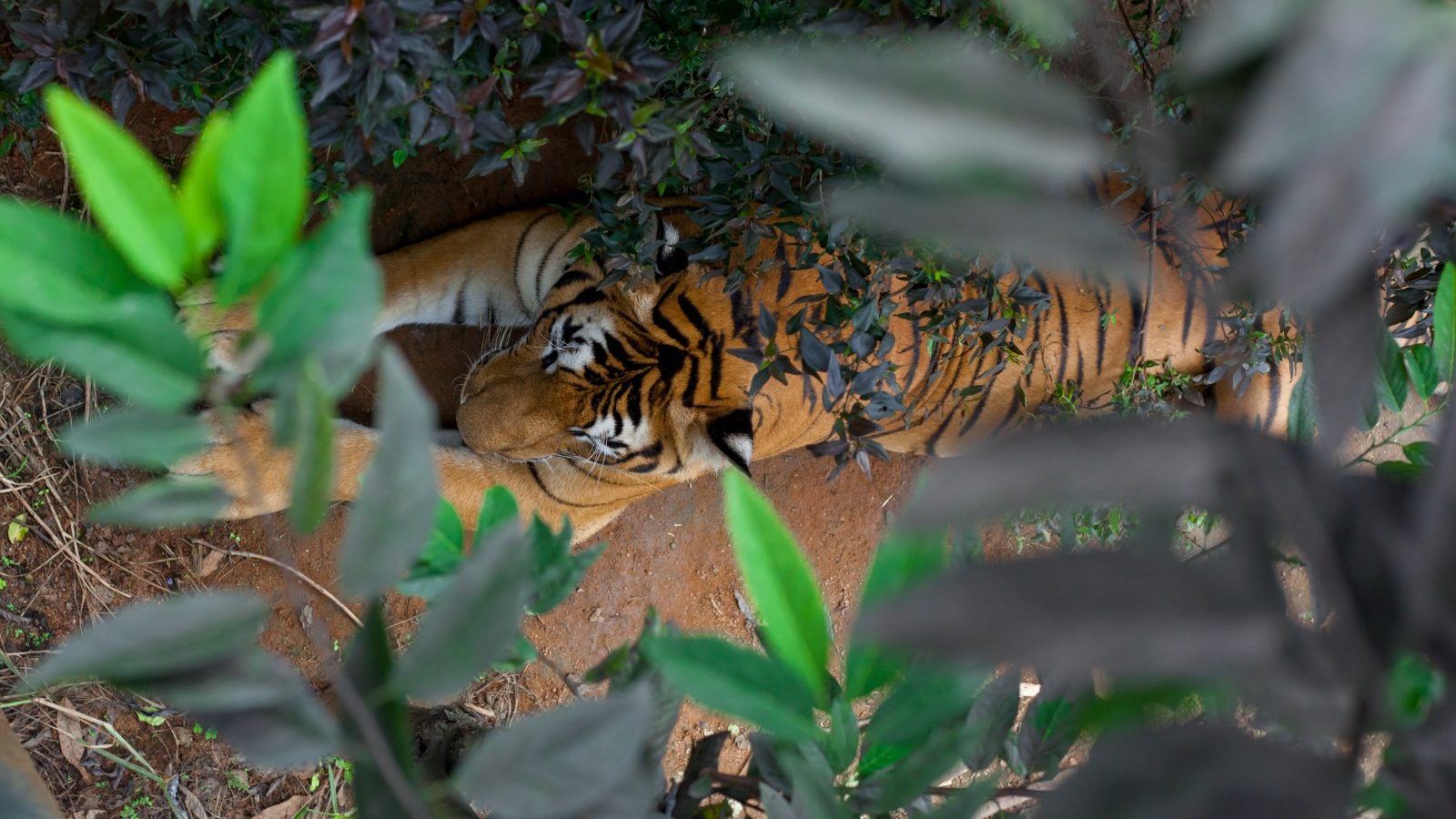Six subspecies of tigers exist all over the world today — Bengal tiger (found in India, Nepal, Bangladesh and Bhutan), Indo-Chinese tiger (mainly found in Thailand and Peninsular Malaysia), Siberian or Amur tiger (found in Far East Russia, North Korea and China), Sumatran tiger (found in the Indonesian Island of Sumatra), Malayan tiger (forests of Malaysia and Thailand) and South China tiger (found in China). These tigers have descended from what is said to be one of the first groups of early carnivores called miacids that existed over 60 million years ago.
But does understanding the evolution of tigers help us in any way? The answer is yes! A flagship species that has evolved and retained its position as an apex predator regretfully stands as ‘Endangered’ on IUCN’s Red List of Threatened Species. In this article, we will explore the history of these amazing big cats, and how they have become victims of daunting threats!
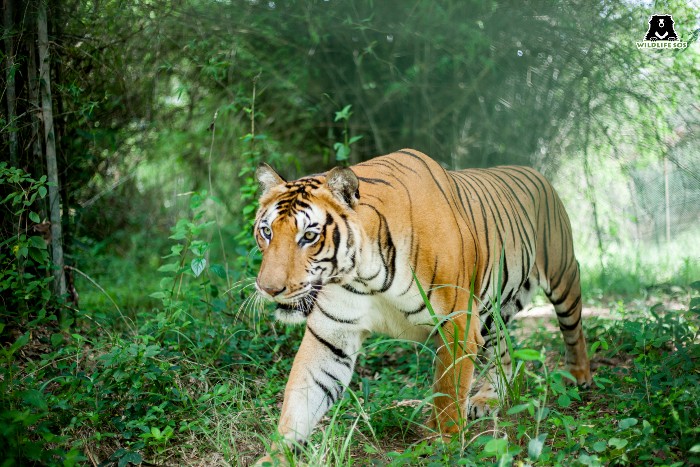
The Origin and Taxonomy of Tigers
The oldest recorded tiger ancestors are miacids: carnivorous mammals that are now extinct. This group was a precursor to the order Carnivora and comprised tree-dwelling mammals about the size of a domestic cat. These animals had strong and long carnassials (sharp cutting teeth) that they used for hunting and securing prey.
The order of Carnivora that followed consisted of two suborders, Caniformia and Feliformia. Feliformia consists of “cat-like” animals such as cats, hyenas, and mongooses. This suborder includes the family Felidae, which is further subdivided into the subfamily categories of Felinae and Pantherinae. While Felinae refers to small cats, Pantherinae refers to the broad category of wild cats. The genus that follows Pantherinae are called Panthera and Neofelis. The former consists of the largest living members of the cat family: jaguar, leopard, lion, snow leopard and tiger.
There were once nine different subspecies of tigers that existed: Bengal tiger (Panthera tigris tigris), Caspian tiger (Panthera tigris virgata), Siberian tiger (Panthera tigris altacia), South China tiger (Panthera tigris amoyensis), Indochinese tiger (Panthera tigris corbetti) and Malayan tiger (Panthera tigris jacksoni), Bali tiger (Panthera tigris balica), Javan tiger (Panthera tigris sondaica) and Sumatran tiger (Panthera tigris sumatrae). Of these, three subspecies — Caspian tiger, Bali tiger and Javan tiger — are now extinct. Today, tigers exist in two groups of subspecies — Panthera tigris tigris and Panthera tigris sondaica. Taxonomy broadly classifies five of the six remaining subspecies under Panthera tigris tigris, leaving Sumatran tiger as the sole member of Panthera tigris sondaica.
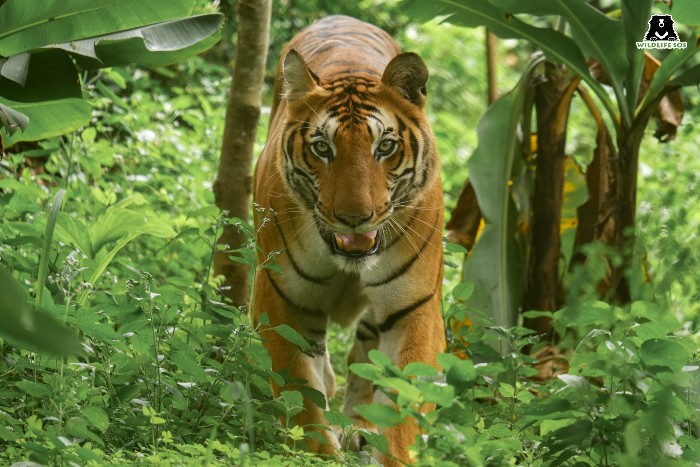
Physical Characteristics
Panthera tigris tigris are mainland tigers, and when compared with Panthera tigris sondaica, are larger in size with a paler coat. Another difference is that the dark coat of Sumatran tigers wear more stripes than those belonging to its kin subspecies.
Tigers are the biggest cats that exist in the world today. Unlike lions, they have a large and strong muscle mass, which is why they weigh heavier than them. While the average weight of tigers can be nearly 450 pounds (204 kgs), the Siberian tiger is the largest among the subspecies, weighing up to 660 pounds (nearly 300 kgs). Another fascinating physical characteristic of tigers is that they have evolved to possess large feet with webbed toes. You read that right! Webbed toes allow them to swim and navigate water bodies with ease, an activity they enjoy doing unlike other felines. Along with this feature that helps them to push the water, their powerful muscles help tigers push themselves while wading through it.
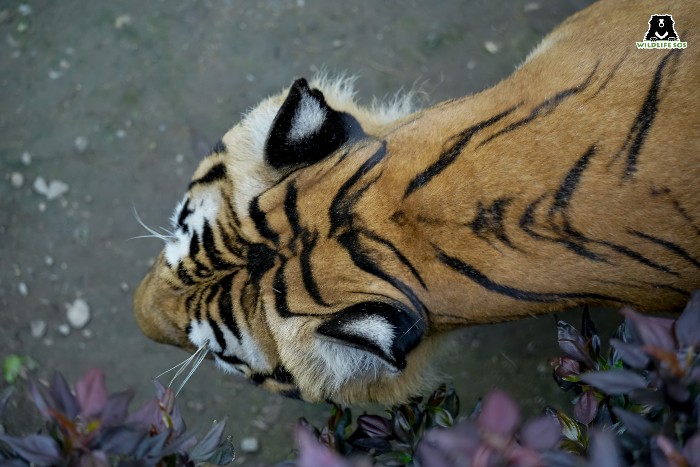
Adaptations over Time
When it comes to physical adaptations of tigers, these big cats have learnt to adjust with the environment they are found in, which often ranges from tropical rainforests, mangrove swamps, and evergreen forests to savannahs, grasslands and rocky areas. The difference in their coat colours, sizes and stripes camouflage them in their environment, helping them to hide and wait for their prey. Seamlessly blending within nature is also what mother leopards use as an advantage to protect their cubs.
Tigers have, over the years, modified their behaviour, hunting strategies and their capturing of territories too. This has been mainly caused by the availability of prey, which is also one of the reasons why the diet requirements of tigers in various regions vastly vary. Bengal tigers, for instance, have been seen hunting large herbivores such as deers and wild boars, while Siberian tigers primarily hunt elk and bears since they reside in colder forests. On the other hand, Sumatran tigers, the smallest of all tigers, find smaller prey like wild pigs in their island habitat.
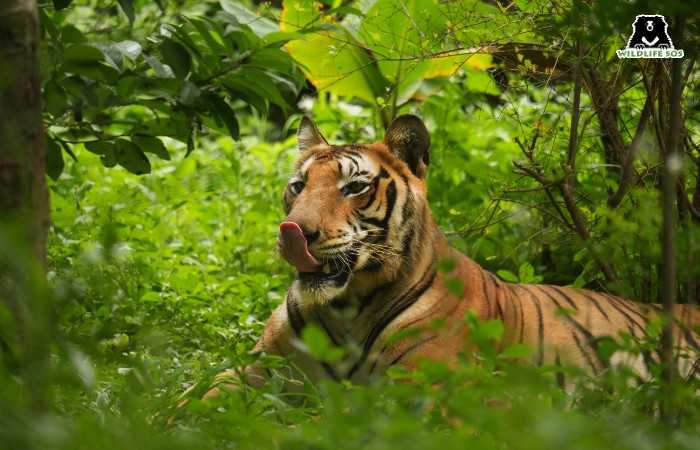
Threats Faced by Tigers
One of the major survival threats that tigers face is the rapid depletion of forest area, which in turn leads to shortage of their natural prey. With territories lost due to habitat loss and human encroachment, tigers resort to hunting livestock present in nearby villages. This has led to a steady rise in human-wildlife conflicts that affects both the big cats and people. In very rare cases, severe physical injuries or old age in tigers may also lead them to become man-eaters if they are unable to find or hunt familiar prey.
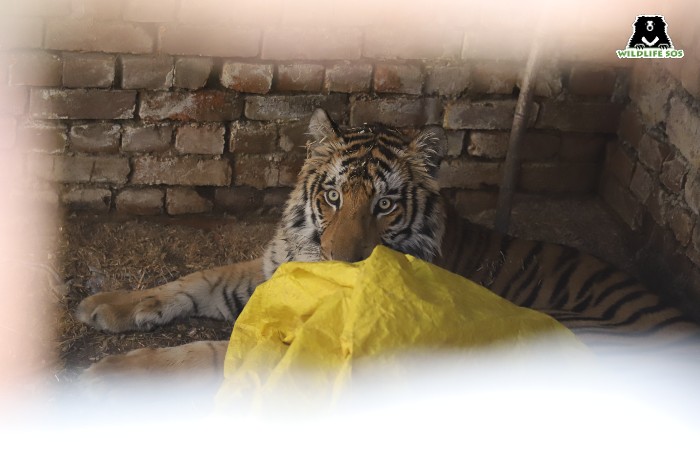
In cases where tigers persistently feed on livestock, fear and loss of livelihood can lead locals to retaliate with violence that could result in the death of tigers. This, along with illegal poaching, are human-oriented dangers that challenge tigers defending their survival.
How Wildlife SOS is Involved!
Tigers have lost nearly 93% of their historic range in the last 100 years, and the remaining population is scattered across the globe. Habitat loss, deforestation, illegal poaching and trading are the major reasons for the decline in the tiger population.
Last year, after receiving intel from our anti-poaching squad ‘Forest Watch’, Wildlife SOS collaborated with the Wildlife Crime Control Bureau (WCCB) and apprehended six poachers in the Arasur village in Tamil Nadu. The raid was successful with the seizure of a 10-foot-long tiger skin as well as bones and a skeleton of a tiger and a leopard. Wildlife SOS, in collaboration with the Born Free Foundation, has also rehabilitated Gopal, a tiger rescued from a human-wildlife conflict in Karnataka, at the Bannerghatta Tiger Sanctuary in the Bannerghatta National Park.
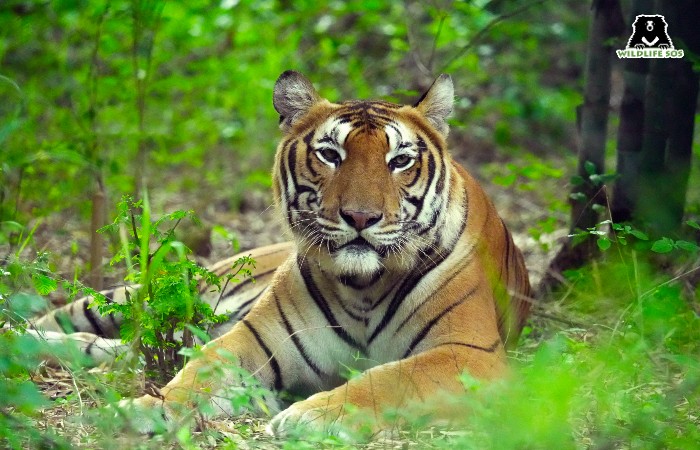
It is important to understand how tigers have evolved over the years, and are continuing to adapt to their fast-changing environments so as to survive. Wildlife awareness can open our minds to consider the co-inhabitants of our planet while strategizing human developmental initiatives.
You can read more of such interesting articles about wildlife by subscribing to our newsletter.

